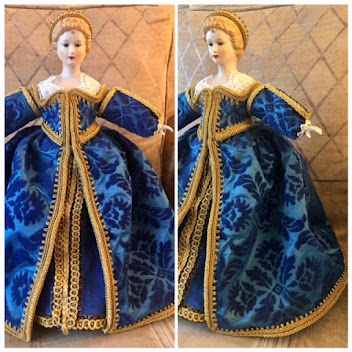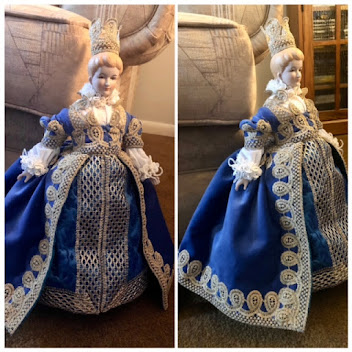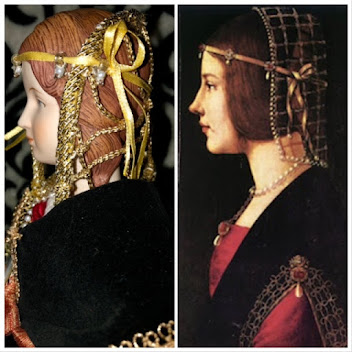 There will also be some information from my toy research, puppetry research and fashion research will be in this documentation to add some depth of needed. That’s beyond my books, documents, websites, manuscripts and extant examples of dolls in period. My current goal is to make a excel spreadsheet for the paintings. I want to include the year, the county of origin, what doll is depicted, what human child is depicted and possible materials of the doll.
There will also be some information from my toy research, puppetry research and fashion research will be in this documentation to add some depth of needed. That’s beyond my books, documents, websites, manuscripts and extant examples of dolls in period. My current goal is to make a excel spreadsheet for the paintings. I want to include the year, the county of origin, what doll is depicted, what human child is depicted and possible materials of the doll.Wanted to show the new cabinet the dolls are calling home to keep them safe from cats dust light and other radical elements. Hoping to make more to fill the smaller case on top of the cabinet, after all the research is done.
Also I am working on some storage for the dolls to keep tooth and claw from miniature silk gowns and wigs. Able to find a great yet small cabinet to hold most of the dolls. Along with a good travel cabinet for more of these dolls. So storage is good.
It will take me quite a long time to accumulate all of this, type all of it up. It will be awhile before a link will be present on this blog for consideration. I thank you in advance for your patience and keep checking back for more updates.
To the research,
THL Marrin O’Kealy







No comments:
Post a Comment